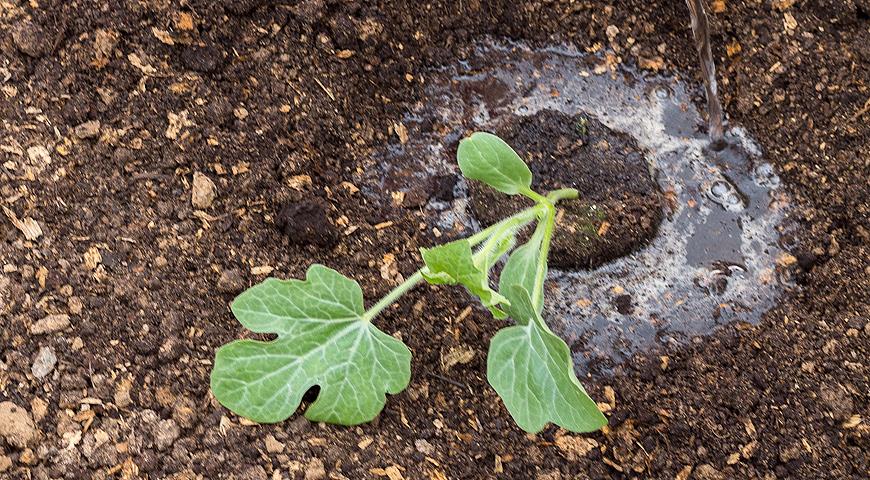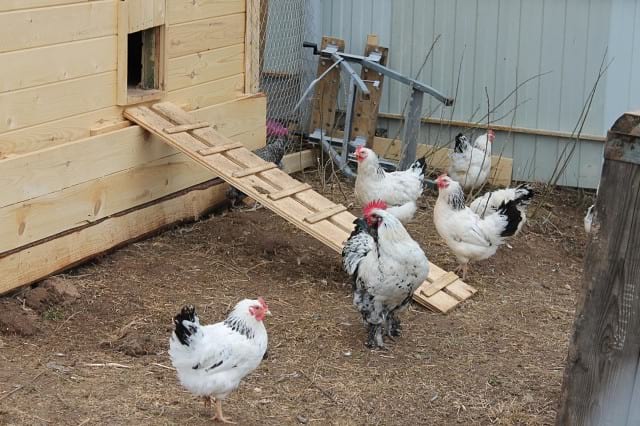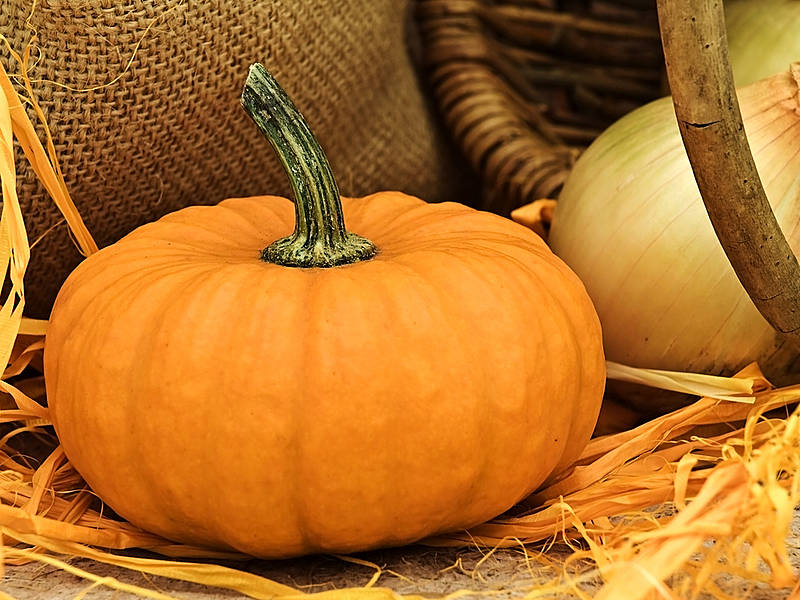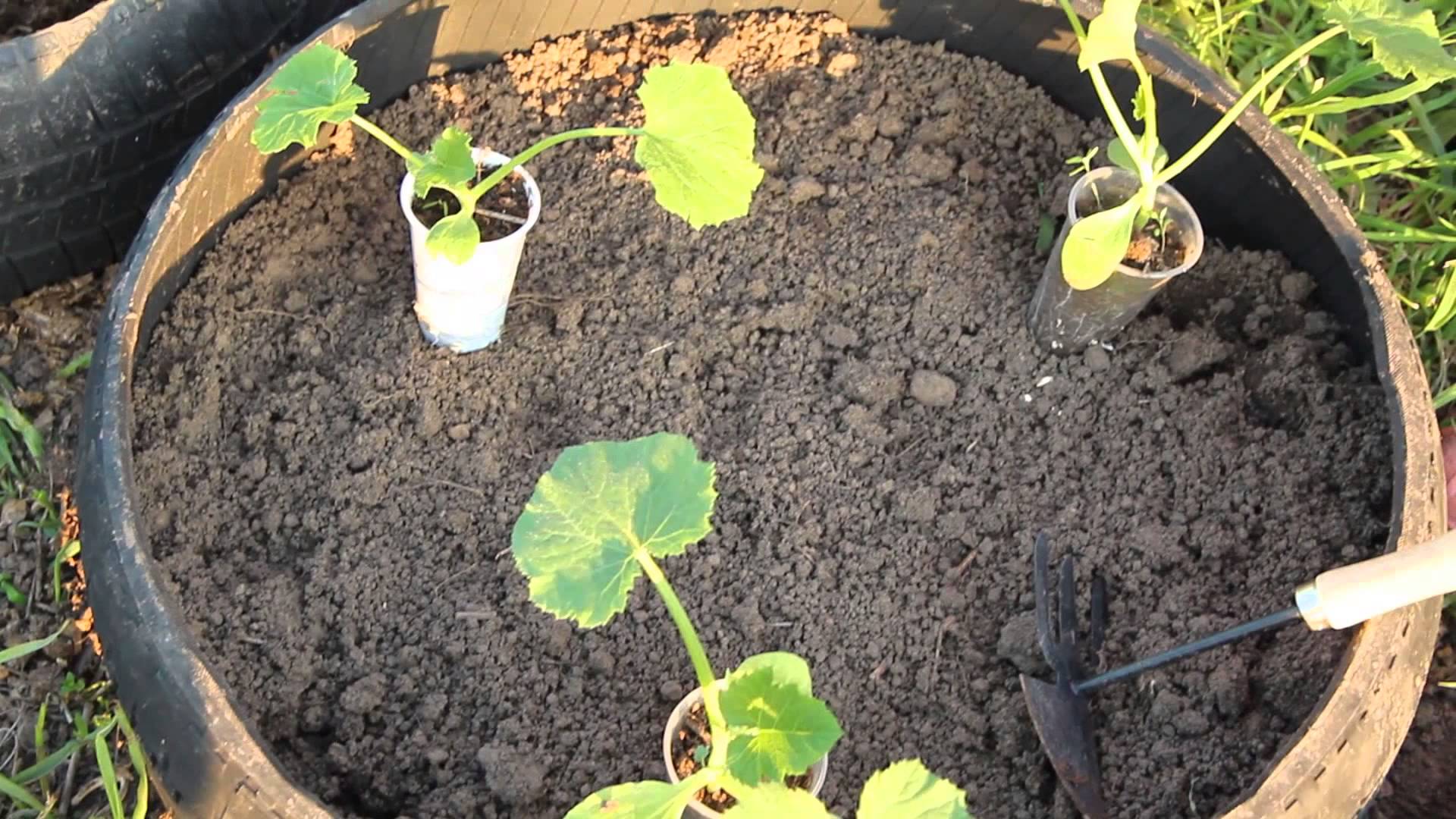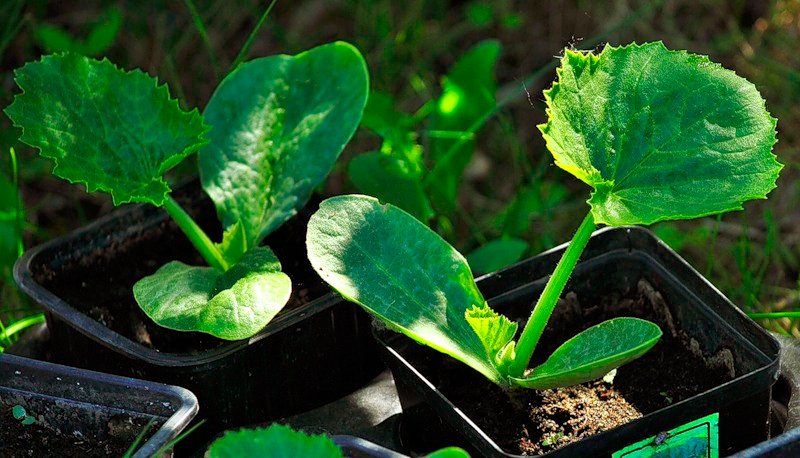Content:
Pumpkin is a real find. It contains a large amount of useful minerals and vitamins, not only in the juicy pulp, but also in the seeds. Oil is prepared from the seeds, which has good anti-inflammatory and regenerating properties. A wide variety of dishes can be prepared from pumpkin: baby cream soup, pie, salad, porridge and much more.
Having decided to grow this vegetable on their site, gardeners pose several questions: is it possible to plant pumpkin and zucchini together? Failure to comply with the rules of the neighborhood can lead to loss of crop yields.
What vegetables is pumpkin combined with
Open ground and light areas with well-fertilized sandy loam soil are suitable for growing pumpkin. The plant loves complementary foods with potash, phosphorus fertilizers, manure and compost. The seeds are soaked in water until germination, then placed in pots. Seedlings require moderate watering. It is grown until 3 true leaves appear, then planted in a permanent place.
The pumpkin is cross-pollinated. The developed root system of pumpkin consumes a large amount of moisture and nutrients from the soil, so in the heat it is necessary to water the plants abundantly. Timely feeding will ensure a good harvest. The plant requires the formation of stems.
Plant compatibility in the garden plays an important role in planting planning. Neighboring plants can have both positive and negative effects on each other. An important question that gardeners are looking for an answer: what to combine pumpkin with in the beds.
- The pumpkin will go well with corn, beans, radishes, onions, or salad.
- Planting the pumpkin between rows of corn will protect it from overheating in hot weather.
- Beans, with the help of nodule bacteria, accumulate a large amount of nitrogen on the roots. This combination of vegetables will have a good effect on the growth and development of the pumpkin.
- Neighbor lettuce scares off earthen flea beetles, but requires a bit of darkening, which can provide large pumpkin leaves.
But when planting a squash next to a pumpkin, cross-pollination can occur and hybrids can grow. Patisson, or plate pumpkin, has a bush-like shape, large leaves with coarse pubescence. The flowers are of a separate sex (male and female), orange and yellow. The vegetable has a flat disc-like shape. Fruits are white or greenish, sometimes dark green and yellow-orange colors. The squash has juicy white or cream-colored flesh, large seeds.
Zucchini is also a type of pumpkin family. The plant is annual and loves warmth. Grown in seedlings or by placing seeds in a heated soil. Zucchini are afraid of frost. The plant takes root well in a sunny area and in partial shade. He needs good watering in hot weather. On cloudy days, watering can be reduced. The plant has branchy leaves, so squash requires a lot of space between plantings.
Is it possible to plant a pumpkin next to zucchini
Both plants spread their lashes far beyond the garden bed.In order not to thicken the planting, it is not recommended to plant pumpkin and zucchini together. There is also a possibility of cross-pollination of squash and pumpkin. In this case, on zucchini you can expect a harvest of hybrids of yellow round fruits, and on a pumpkin - oblong-shaped hybrids with a pumpkin flavor. Therefore, each gardener decides for himself whether it is possible to plant a pumpkin next to zucchini.
Other pumpkin neighbors
Watermelons are berries with delicious juicy pulp. This melon culture loves warm, sunny places without shade and trees. The soil should be sandy or sandy loam for better penetration of watermelon roots to moisture. Watermelons are grown as seedlings to harvest faster, or they are planted directly in the ground. The plant receives nutrition and moisture from inland waters, therefore it has a very powerful root system.
Watering should be moderate - 1-2 times a week. Good neighbors for a watermelon will be: corn, peas. Beets, radishes, sunflowers.
Melons belong to the pumpkin family due to their similar root system. They are thermophilic, do not tolerate waterlogging. It is better to choose a place on the site on a hill in order to avoid water accumulation and get more sun. Not suitable for the neighborhood parsley, cucumbers and pumpkin. Corn and various greens growing nearby will have a good effect on the plant.
Cucumber is a tasty and healthy vegetable that can be eaten even when not ripe. The plant is afraid of the cold, the optimum soil temperature for planting is 14 degrees. In the choice of soil, cucumbers are not whimsical. Good development is achieved through the application of organic fertilizers.
Is it possible to plant a pumpkin next to cucumbers
Joint planting of these representatives of the melons family is undesirable. Cultures can tolerate the same diseases, interfere with each other with growing lashes. The cucumber bush requires a lot of light and space to grow, and pumpkin leaves can thicken plantings, which will reduce yields.
Tomatoes, peppers, eggplants and potatoes are famous for their poor compatibility with pumpkins. Growing, the pumpkin consumes a lot of nutrients from the soil, which will prevent the representatives of the nightshade from developing well.
Pumpkin, squash, cucumber, melon, and watermelon, which belong to the Pumpkin family, are crops that are cross-pollinated. In this case, the pollen from the male flower is poured into the pistil of the female flower.
In order to prevent over-pollination, methods of covering the plantings with material are not suitable. The diameter of the growth of the pumpkin can reach 5 m. Also, the shelter will prevent the penetration of insects that help the plants to pollinate.
The most effective way to avoid re-grading is to manually pollinate. To do this, the unopened bud must be opened, pollen is collected by the stamens with a brush or cabled stick, and transferred to the stigma of the pistil. Then put on a gauze cap to avoid re-pollination by the bees.
There is nothing complicated and costly in manual pollination. To obtain high-quality seeds, it is enough to pollinate several flowers, and cut off the rest. Seed germination from the pumpkin family is 7-8 years.
Secrets of growing a good harvest of pumpkin
To grow a good harvest, you need not only to take into account what the pumpkin is combined with, but also to prevent the development of diseases and the appearance of pests.
The most dangerous for pumpkin will be:
- Powdery mildew. Small white spots appear on the leaves, yellowing of the leaf occurs, and then its dying off.If you do not start treatment, the disease will destroy the fruits.
- Olive spot. It is characterized by the appearance of small ulcers on the stems and brown spots on the leaves. Then the disease affects the fruits, and the vegetables lose their quality. Various drugs are used to fight diseases.
- Slugscausing the most damage. They destroy ripening fruits. Superphosphate or wood ash is used to combat slugs.
In case of detection of rotting of the ovaries, artificial pollination should be carried out. To do this, in the morning hours, they cut off all the male flowers, move the petals aside and apply several anthers to the pistil.
If the pumpkin has spread its whips on the fence, the fruit must be suspended with a net to avoid damaging the plant.
Pinching is a must in pumpkin cultivation. It is carried out to regulate the number of fruits.
If one fruit is left on the lash, then it will reach its maximum size. It is also necessary to trim the growth point. After the extreme ovary, 5-6 leaves are left and the lash is shortened. This will stop the growth of the lashes, and the forces of the plant will be used to ripen the pumpkins.
A large pumpkin must be raised off the ground to protect the plant from moisture. For this, several stones and a wide slab are placed under the fruit. These actions are performed when the fetus is still small. Transporting a large fruit can damage the stem.
To extend the shelf life of the pumpkin, a 5-centimeter stalk is left at the fruit when cut. Store the pumpkin at a temperature not exceeding 8 degrees.
Growing a pumpkin in your garden is easy enough. Carefully selected seeds are soaked, after pecking, they are placed in a container with seedling soil. Having grown strong seedlings, the plant is placed in a permanent place.

